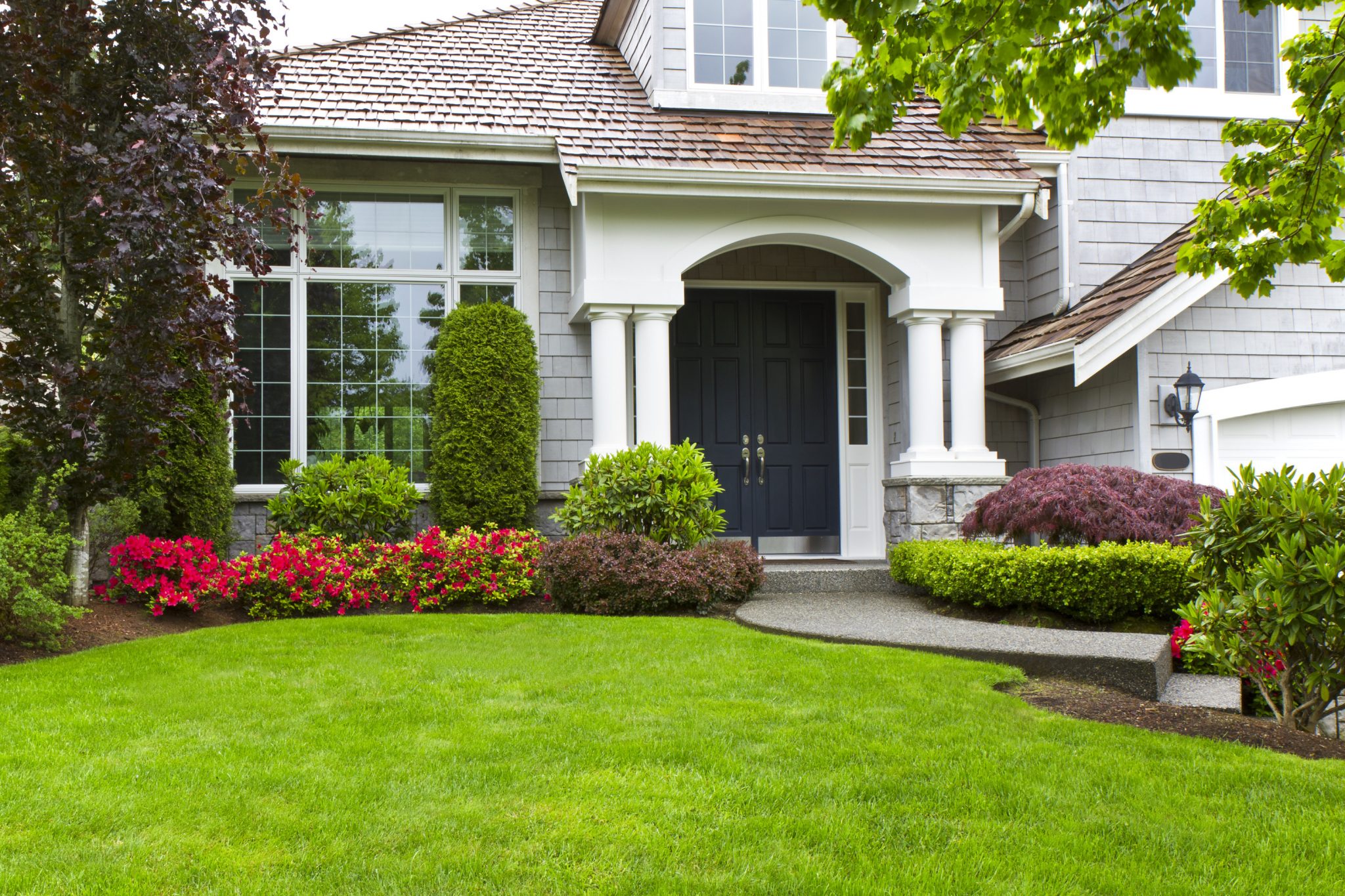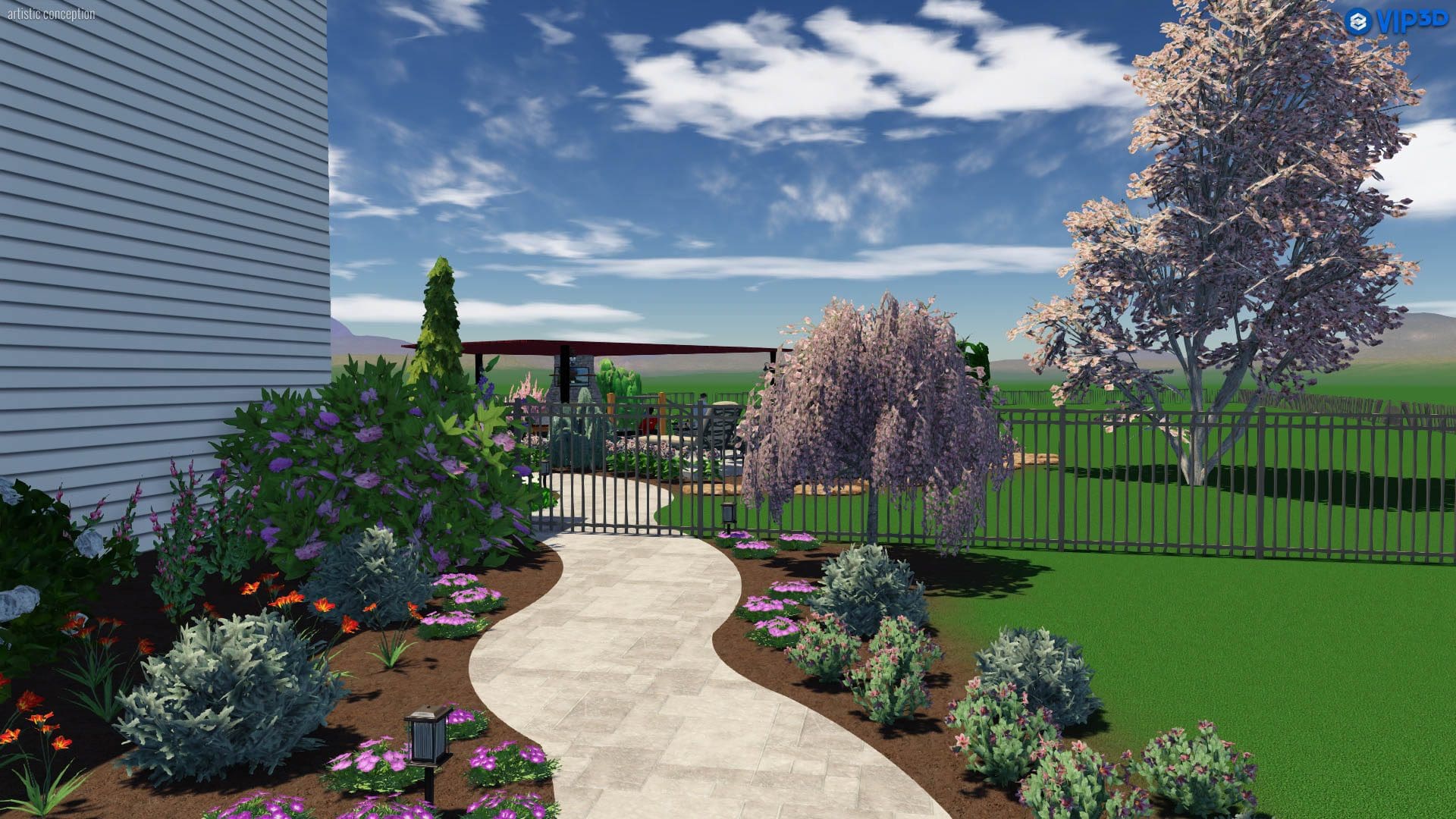The 7-Second Trick For Landscapers
The 7-Second Trick For Landscapers
Blog Article
All About Landscapers
Table of ContentsThe 5-Second Trick For LandscapersAbout LandscapersSome Known Factual Statements About Landscapers The Greatest Guide To LandscapersThe 45-Second Trick For Landscapers
Linked rooms. Credit Report: Gail Hansen, UF/IFAS Utilizing similar hardscape features and repeating plants pulls the eye around the yard.
For mental convenience plants are utilized as physical or suggested barriers for privacy and safety. Physical obstacles obstruct both the view and accessibility to an area and consist of fences, wall surfaces and plant hedges.
Rumored Buzz on Landscapers
Physical and implied barriers. Debt: Gail Hansen, UF/IFAS For these reasons, the sorts of plants to be used (such as trees, shrubs, or groundcovers) must be picked in the very early stages of preparation. Plant types are selected for their practical capacities to make sure that their future objective and called for space can be thought about at the exact same time.
The above aircraft, the upright aircraft and the ground aircraft need to all be taken into consideration to develop unit. As soon as the form of a plant bed has actually been developed, the plants need to be massed (organized) and split to attain aesthetic unity and the preferred quantity of room. The size of a plant mass will depend on the complete dimension of the backyard, the dimension of the private plants in the mass, and the emphasis or influence desired from the plant material.

Each plant mass remains in front of, behind, or alongside, another mass. Figure 11. Straight plant layers. Credit Report: Gail Hansen, UF/IFAS Number 12. Upright plant layers. Credit History: Gail Hansen, UF/IFAS Duplicating plants within a mass and duplicating masses with comparable plants links the yard with each other. The specific plant characteristics should be taken into consideration to efficiently layer and mass plants.
3 Easy Facts About Landscapers Explained
All plant structures start with the primary framework plants, the large, primarily evergreen background plants-such as the trees and big hedges. These plants different or enframe spaces, regulate the size of the area, and provide the starting point for choosing the proper qualities of the 2nd layer, midground plants, for massing and infill.
Essential points in the yard should be highlighted by the usage of distinct plants, unique structures, or yard ornaments. Marking limits or entries to spaces can be finished with gateways, arbors, and actions, or with the usage of unique and colorful plants. The type and/or design motif of the yard will often help establish the essential points and exactly how they need to be highlighted.
Various other vital areas in the backyard are focal factors, which is made use of to aesthetically organize a landscaped area. Different perspectives or viewpoints can disclose various structures in the landscape that might require a variety of focal points.
Number 13. Landscapers. Plant types. Credit History: Gail Hansen, UF/IFAS After type, structure is the next leading attribute of a plant; rugged, medium and fine appearances can be used for contrast and emphasis in the landscape. Form and texture both trump shade in the garden for most of the year. Nevertheless, throughout specific seasons, shade will be the most noticeable feature of the garden.
Little Known Facts About Landscapers.

The positive aroma of plants, the audio of wind in the trees, the noise and structure of water, and the colors and textures of sculptures, pots and garden furnishings all contribute to the experience of the yard. Bonuses One detail that is commonly neglected is the effect of light on the looks of the plants.
The entire garden adjustments in pop over to this site feature and look throughout the day, and the training course of a year, as the light and temperature level modification from morning to evening and period to season. Plant selection must take into consideration a plant's development rate, its fully grown dimension and type, and the maintenance it will certainly require.
It is crucial to understand the ultimate fully grown size of plants so they can be positioned in the right area and spaced effectively when they are set up. Giving plants area to grow is a challenge since the common fully grown size is typically based upon ideal expanding problems and the environmental conditions of a website may trigger a plant to grow bigger or stay smaller sized.
Supply enough space to make sure that, when totally mature, the plants are hardly touching their next-door neighbors and a somewhat solid expanding mass is developed (Figure 14). It is very important, however, to leave room so the plant does not touch the side of the house-this space permits air circulation and home maintenance.
What Does Landscapers Do?
Some plant material may just be in the wrong place and can be transplanted for much more positive problems. Look for resource-efficient plants when picking brand-new plants.
Prior to any type of demolition starts on your old outdoor patio, pool deck, arbors, or structures, think about exactly how you may reuse the material in your new layout. Along with assisting the environment it will certainly likewise assist your budget. If you will not be doing any kind of demolition job in your lawn, search for other resources of utilized material in your community.
The monetary aspects are not the only advantages that you can enjoy from hiring a company with years of experience in layout - Landscapers. You can also take advantage of raised durability in your design and internet its attributes, in addition to a healthier all-natural retreat that is durable versus weather condition and age
Report this page